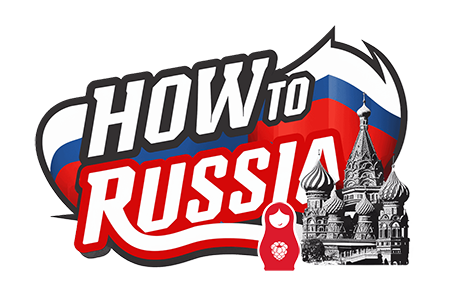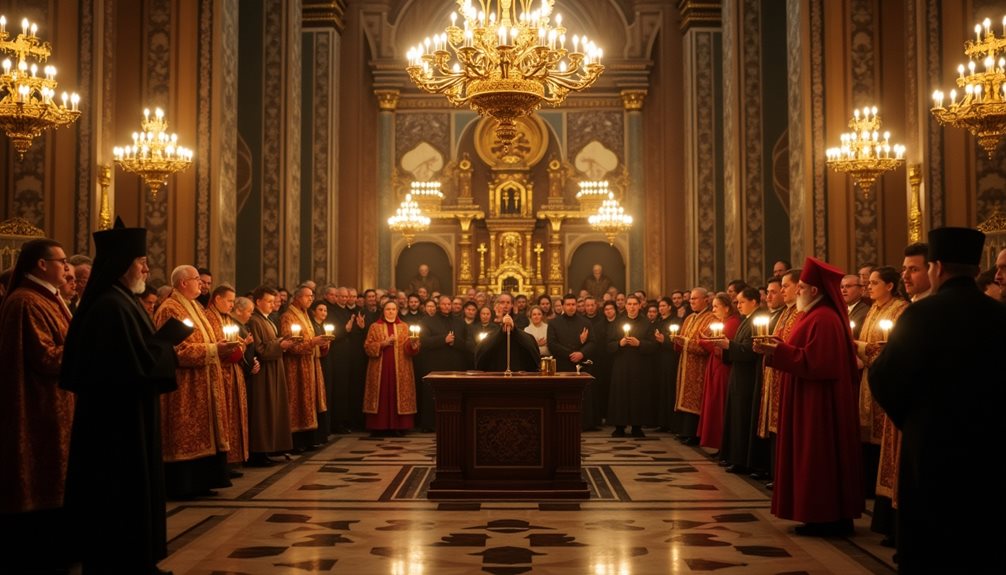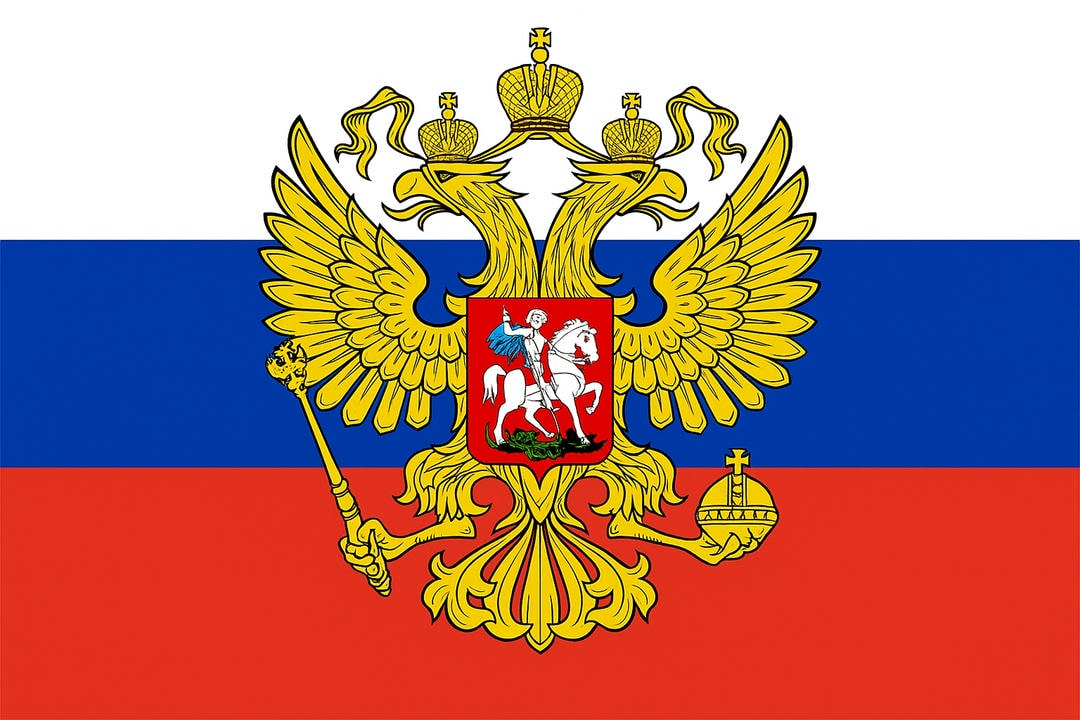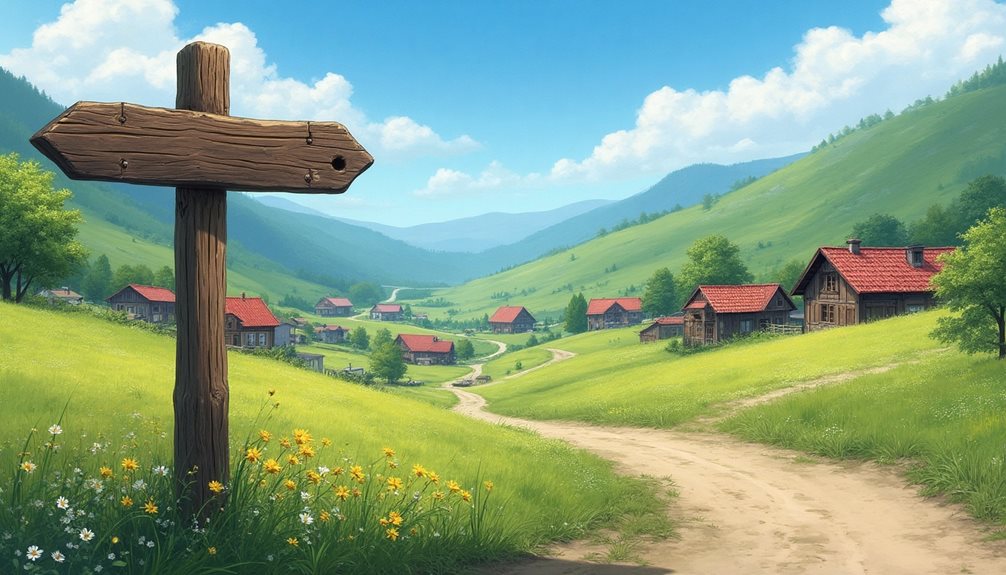The Volga River, the longest river in Europe, is much more than a geographic feature stretching across Russia. It has profoundly influenced the lives, cultures, and economies of the people living along its banks for centuries. Its waters sustain fisheries, support commerce, and represent resilience amid environmental challenges. Beyond its physical presence, the Volga flows deeply into Russian folklore and expressions, capturing human struggles against nature’s vastness. Exploring the river’s multifaceted role offers valuable insights into regional identity and the natural limits shaping human experience—lessons that resonate far beyond its shores.
The Vastness and Majesty of the Volga
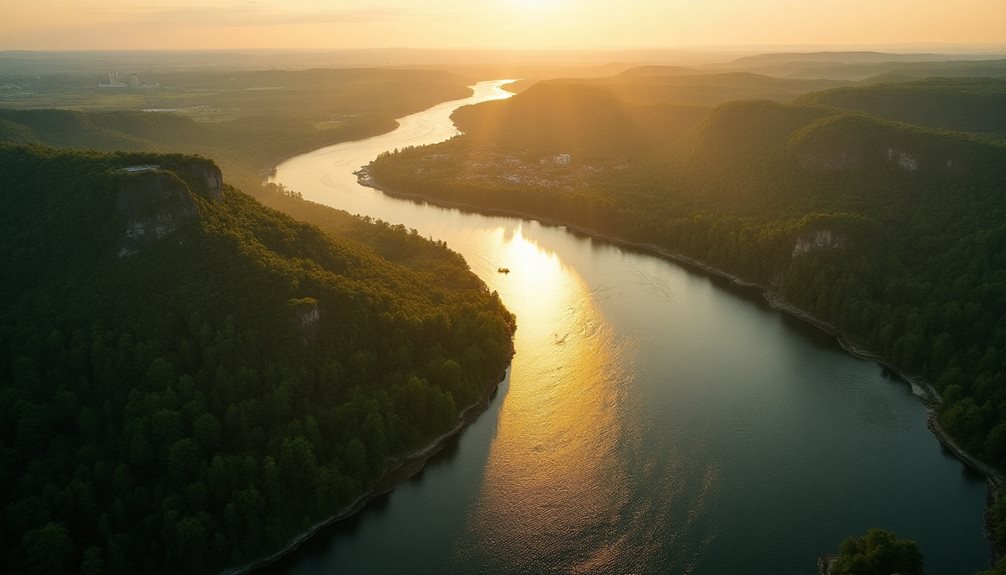
The Volga River, often called the lifeblood of Russia, is the longest river in Europe, stretching approximately 3,530 kilometers (about 2,194 miles) from its source in the Valdai Hills northwest of Moscow to its mouth in the Caspian Sea. Its impressive length, along with its considerable width and depth, makes it a defining natural landmark that has shaped Russia’s geography, culture, and history for centuries.
Natural Grandeur
The Volga River basin covers an area of about 1.35 million square kilometers, making it one of the largest river basins in the world. The river flows through a variety of landscapes, including forests, steppes, and wetlands, nourishing diverse ecosystems that support over 160 species of fish such as sturgeon, bream, and pike. The Volga’s waters are essential for agriculture, industry, and human consumption, sustaining millions of people living along its banks. Its tributaries, like the Kama and Oka rivers, further enrich the region’s biodiversity. In addition to fish, the surrounding wetlands provide habitat for migratory birds and rare plant species.
Cultural Significance
The Volga has played a central role in Russian culture and history. It has been a major trade route since ancient times, linking northern Russia with the Caspian Sea and beyond. Folklore and literature celebrate the river’s spirit — from folk songs that sing of its beauty to epic tales about heroes who journeyed along its length. For example, the river features prominently in Russian classical literature and music, symbolizing freedom, strength, and the soul of the Russian people. Cities such as Volgograd (formerly Stalingrad), Nizhny Novgorod, and Kazan owe much of their historical development to their location on the Volga.
Environmental Awareness
In recent decades, awareness of the Volga’s ecological importance has grown significantly. Pollution from industry and agriculture has threatened the river’s health, prompting conservation efforts to protect its water quality and surrounding habitats. Programs focus on sustainable fishing practices and wetland restoration to maintain biodiversity. The Volga’s condition directly affects the Caspian Sea ecosystem as well, emphasizing the need for transnational cooperation in environmental stewardship. Preserving this vital waterway ensures that future generations can continue to benefit from its resources and cultural heritage.
Together, the Volga River’s vast natural beauty, cultural depth, and ecological significance make it a symbol of Russia’s natural power and resilience. It continues to inspire awe and respect as both a living ecosystem and a historic artery that connects people to their land and history.
![]()
Famous Russian Proverbs About the Volga River
Russian proverbs inspired by the Volga reveal how deeply this river influences local thought. They highlight its power, challenges, and the lessons it imparts.
1. Size and Power of the Volga
These proverbs highlight the river’s vastness, strength, and natural qualities.
- You cannot cross the Volga in a spoon: Нельзя перейти Волгу на ложке. [ne-l’zya pere-ye-ti Vol-gu na lozh-ke]. The Volga is so wide and deep that small or weak tools are useless against it.
- The Volga is a long way to swim, but the Danube is wide
The Volga is much longer than the Danube, but this saying praises the Danube’s impressive width. - The Volga is a good horse: it will carry everything
The river’s power helps transport heavy loads downstream easily, like a strong horse carrying cargo.
2. Work and Profit from the Volga
These reflect the challenges and rewards of working on or near the river.
- Mother Volga bends the back, but she gives money. Мать Волга сгибает спину, но она даёт деньги. [Mat’ Vol-ga sgib-a-yet spi-nu, no o-na da-zyot den-gi]. Work on the river (fishing, smelting) is hard and physically demanding but profitable.
3. Impossibility and Unattainability
These proverbs express things that are impossible or will never happen.
- The Danube and the Volga will never meet
The two rivers flow in different directions and never join, symbolizing something unattainable. - When the Volga flows up
Also said as “when a crayfish whistles on the mountain,” meaning something that will never happen.
4. Effort vs. Reality
These explore the difference between words, effort, and actual results.
-
- You can’t knead the Volga with oatmeal
No matter how much effort you put in (like pounding oatmeal), you cannot change something as vast and powerful as the river. - In words, he will swim across the Volga, but in reality, he won’t swim across a puddle
Said about someone who talks big but cannot follow through with actions.
- You can’t knead the Volga with oatmeal
Hard Work and Rewards Along the River
Life along the Volga demands hard physical labor—fishing, smelting, transporting goods—but it also offers economic opportunity. This relationship between effort and reward forms the backbone of local economies.
- The river’s commerce fuels towns along its course, creating jobs and supporting families.
- Ethnographically, this dynamic shows how communities depend on and respect the river as a provider.
- The Volga demands resilience; it shapes a culture where persistence leads to economic freedom.
Comparing the Volga and the Danube
The Volga and Danube are two of Europe’s great rivers, each with distinct physical features and cultural meanings.
| Feature | Volga | Danube |
|---|---|---|
| Length | Longest in Europe | Shorter than Volga |
| Width | Narrower compared to Danube | Notably wider |
| Symbolism | Endurance, vastness | Connectivity, diversity |
While the Volga symbolizes vastness and endurance, representing freedom through persistence, the Danube highlights links between regions and cultural diversity. These rivers inspire unique stories that shape regional pride.
Lessons From Unattainable Goals
The proverb “The Danube and the Volga will never meet” teaches an important lesson about limits.
- It illustrates that some goals or desires are impossible to achieve.
- This recognition encourages focusing on realistic aspirations.
- Culturally, it reflects acceptance of boundaries rather than futile efforts.
Such wisdom balances ambition with realism in human life.
Expressions of Impossibility Inspired by the River
Imagery drawn from nature often helps express impossible ideas:
- “When the Volga flows up” or “when a crayfish whistles on the mountain” describe events that are absurd or will never happen.
- These sayings show how closely people observe natural behavior, using it as a metaphor for life’s improbabilities.
- They also reflect creativity in language inspired by nature’s power.
The Limits of Effort Against Nature’s Scale
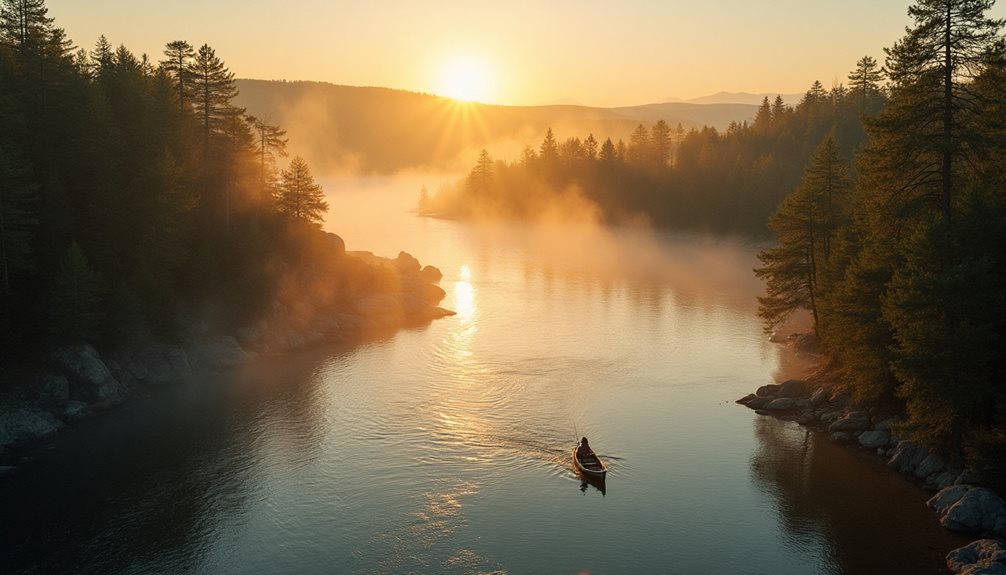
Proverbs like “You can’t knead the Volga with oatmeal” express humility before nature’s immensity.
- They acknowledge that human power has limits.
- Instead of domination, respect and acceptance of natural forces become a form of freedom.
- This attitude fosters a balanced relationship between people and their environment.
The Volga’s Role in Transportation and Trade
The Volga River, the longest river in Europe, has historically served as a crucial transportation and trade route that shaped the economic and cultural development of Russia. Its vast, navigable waters stretch over 3,500 kilometers, connecting the central Russian heartland with the Caspian Sea, making it a natural highway for the movement of goods, people, and ideas.
For centuries, the Volga enabled the efficient movement of bulk goods such as grain, timber, salt, fish, and later industrial products. Before the advent of railroads and modern highways, river transport was often the most practical and cost-effective way to move large quantities of goods across Russia’s vast territories. Barges, flatboats, and river steamers plied its waters, connecting inland agricultural regions with urban centers and export points.
The Volga linked numerous towns, cities, and marketplaces along its course, including major centers like Kazan, Nizhny Novgorod, Samara, and Volgograd. These settlements became thriving trade hubs where merchants exchanged local products for goods from distant regions. The river’s trade routes facilitated commerce not only within Russia but also with Persia, the Middle East, and Central Asia via the Caspian Sea. This network expanded Russia’s economic reach and brought wealth to river communities.
The connectivity provided by the Volga fostered the growth of diverse communities that depended on trade and transportation for livelihood. Fishing villages, merchant towns, and artisan centers flourished along its banks. The river also served as a corridor for cultural exchange and migration, helping to shape the ethnic and cultural mosaic of the region.
Throughout Russian history, the Volga has symbolized economic freedom and prosperity. Access to its waters allowed people to engage in commerce beyond their immediate locale, creating opportunities for wealth creation and social mobility. The river’s role in facilitating trade helped integrate disparate regions into a more unified economic system.
The interplay between the Volga’s geography and commerce was a fundamental factor in Russia’s political and economic development. Control over the river meant control over trade routes and regional influence. During the Russian Empire and later Soviet periods, extensive infrastructure projects like canals, dams, and hydroelectric plants further enhanced the Volga’s importance as a transportation artery and industrial resource.
The Volga River has been much more than a physical waterway; it has been a lifeline supporting transportation, trade, community development, and economic integration that contributed significantly to Russia’s growth over many centuries.
The Enduring Legacy of the Volga River
The Volga River is far more than a body of water. It shapes ecosystems, sustains economies, inspires culture, and teaches profound lessons about human limits and freedoms. Through its proverbs, stories, and practical roles in trade and labor, the Volga continues to flow not only through Russia’s lands but through its very identity. Understanding this river reveals much about resilience, respect for nature, and how people find meaning in their environment.
